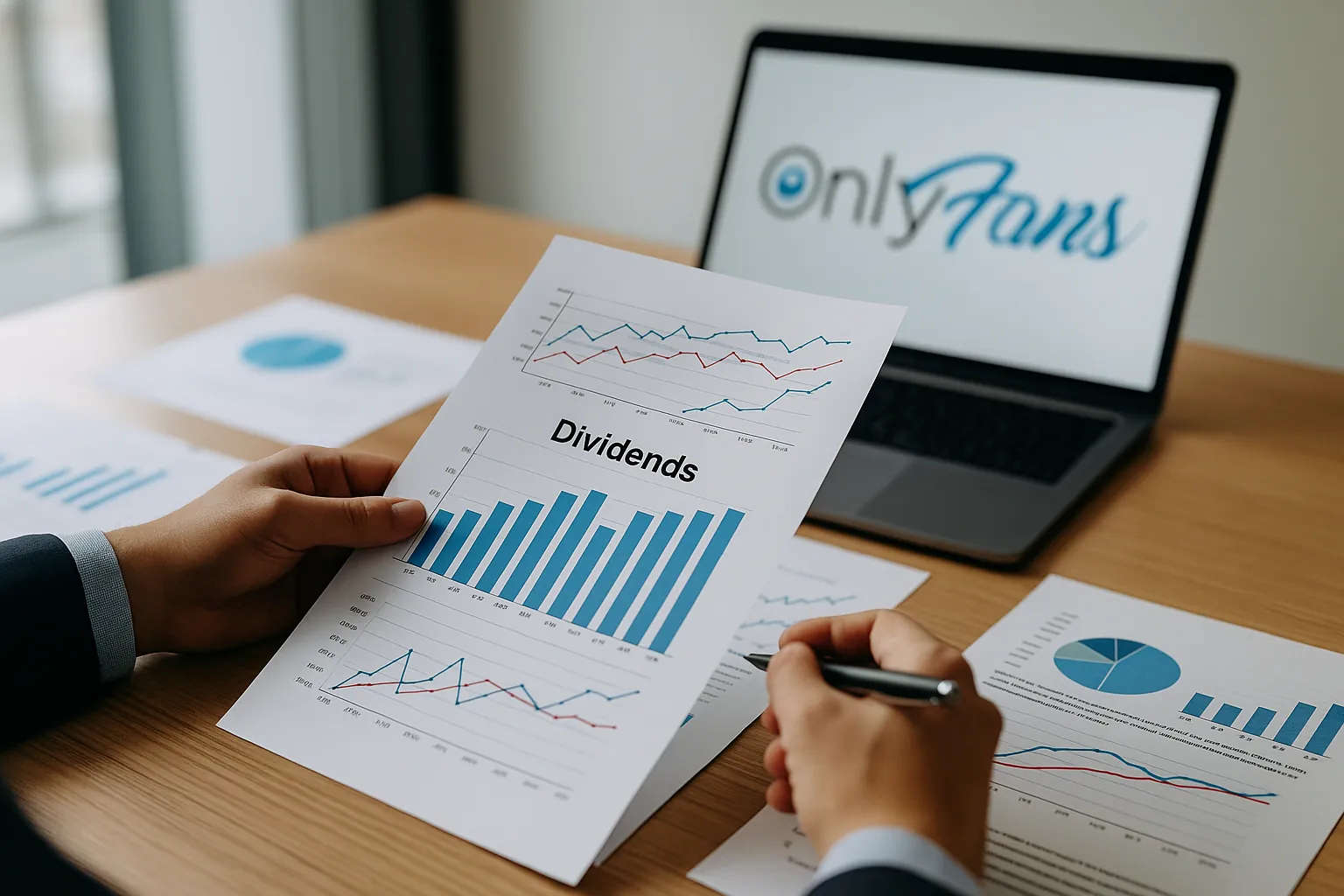The story of OnlyFans dividends is more than an earnings report. It is the anatomy of a digital empire where one man extracts hundreds of millions while millions of creators fight for survival. The company boasts $701m paid out last year to its owner, Leonid Radvinsky. Behind the numbers lies a bigger question: is this the future of the creator economy—or its exploitation at scale?
Context: the mainstream narrative
Mainstream coverage hails OnlyFans as a success story. In 2024 the UK-based platform reported $1.4bn in revenue, a 9% increase, and $683m in pre-tax profit. Subscriber spending rose to $7.2bn, up from $6.6bn. The company now hosts 4.6m creators and 377.5m fan accounts. Reports suggest its parent company Fenix International has explored a sale valued at $8bn. The headlines celebrate efficiency: just 46 employees managing billions in cash flow.
Oppositional Argument: the hidden truth of OnlyFans dividends
But the story of OnlyFans dividends is not growth—it is extraction. Radvinsky pocketed $701m in 2024 alone, on top of more than $1bn previously. While the company shares 80% of revenues with creators, it is the 20% skim that builds his empire. What the mainstream misses is the imbalance: millions of creators bear reputational, legal, and emotional risks, while one owner consolidates wealth unseen in traditional media.
Analytical Breakdown: who wins, who loses
The figures reveal a structural divide. A platform designed to “empower creators” centralizes power in one billionaire’s hands. By monetizing intimacy, OnlyFans created an economy that regulators barely touch. Yet its numbers mirror the tech giants it claims to disrupt. Just like YouTube or Meta, the model is scale-based exploitation: extract a slice from every transaction and funnel it upward. The sale rumors at $8bn show the market values Radvinsky’s ownership rights more than the creators’ labor.

Human Perspective: creators in the shadow of dividends
For many, OnlyFans is survival. Teachers pushed out of jobs, single mothers seeking income, or sex workers fleeing unsafe streets turned to the platform. They carried the reputational cost, censorship risks, and mental toll. Their fans kept the platform alive. But while Radvinsky collects dividends, most creators earn a pittance. The asymmetry is brutal: millions hustling for modest gains, one man cashing $700m. This is not empowerment—it is feudalism repackaged for the digital age.
Counterarguments
Supporters argue that creators keep 80%—a better split than on rival platforms. They note OnlyFans invested in safety, compliance, and even expanded into lifestyle and sports. Yet this misses the central point: the platform is irreplaceable because it monopolized a niche market. With few alternatives, creators are locked in, and the 20% cut becomes unavoidable tribute.
Conclusion: an economy built on asymmetry
OnlyFans dividends are not just numbers—they are a warning. When $701m flows to a single owner while millions scramble for scraps, the “creator economy” reveals itself as the new digital landlordism. If the company sells for $8bn, investors will cheer, but the underlying model—centralized profit, decentralized risk—will persist. The question for society is clear: will we continue to glorify extraction, or will we finally challenge the power structures of digital capitalism?





